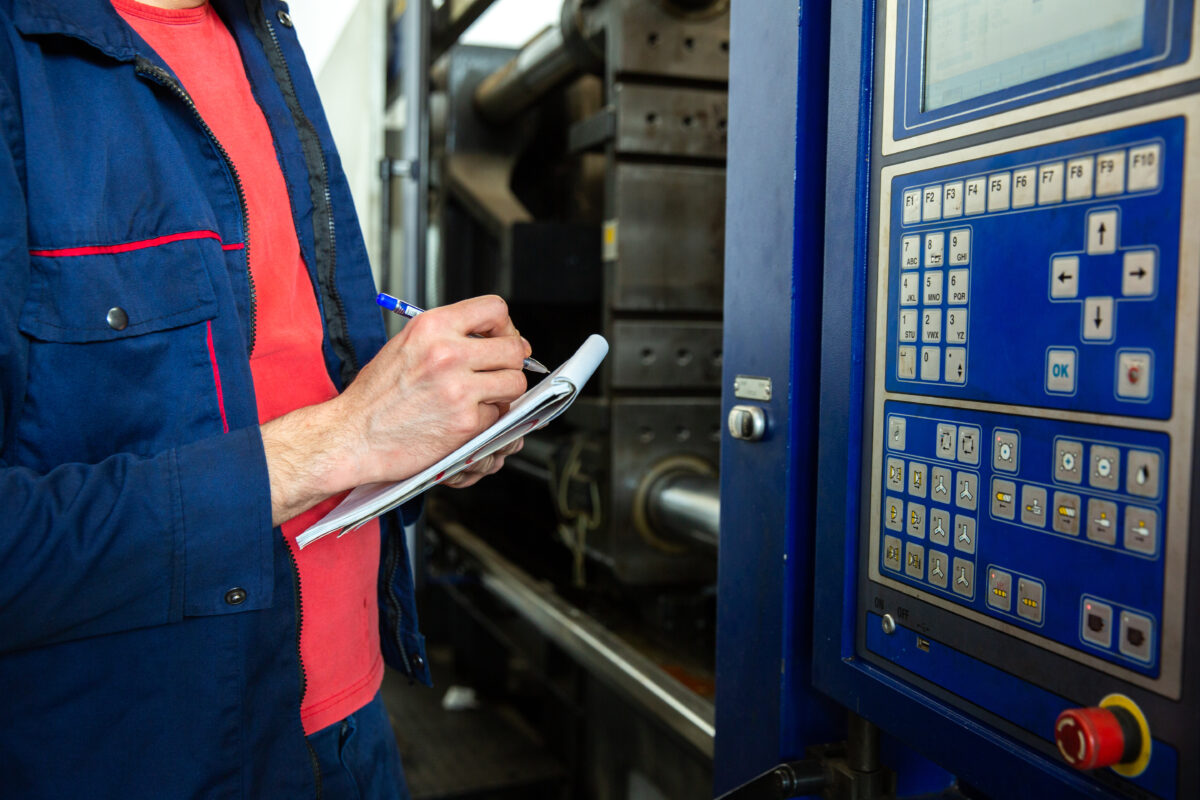CNC (Computer Numerical Control) machines have revolutionized manufacturing by introducing precision, automation, and efficiency into machining processes. Understanding the history of CNC machines provides insight into how they evolved and transformed industries worldwide.
The Origins of CNC Technology
- Pre-CNC Era: Numerical Control (NC)
The foundation for CNC machines was laid in the 1940s and 1950s with the development of Numerical Control (NC) systems. John T. Parsons and his team at the Massachusetts Institute of Technology (MIT) pioneered NC technology. They used punch cards to control machine tools, enabling more accurate and complex machining compared to manual methods. - Development During WWII
During World War II, the demand for precision manufacturing surged, especially for aerospace components. This need accelerated the innovation of automated control systems, ultimately leading to the birth of NC machines.
The Transition to Computer Numerical Control (CNC)
- 1960s: The Introduction of CNC
With the advent of digital computers, NC systems evolved into CNC systems. Computers replaced punch cards, enabling greater flexibility and real-time adjustments during machining processes. - 1970s: Microprocessor Revolution
The introduction of microprocessors in the 1970s made CNC machines more accessible and reliable. These machines could now handle complex tasks, paving the way for multi-axis machining and high-precision production. - 1980s: Standardization and Popularity
In the 1980s, CNC machines became more standardized, thanks to advancements in programming languages like G-code. This period also saw CNC technology becoming more affordable, leading to widespread adoption across industries.
Key Milestones in CNC Machine History
- 1949: John T. Parsons develops the first NC machine concept.
- 1952: MIT builds the first working NC machine prototype.
- 1967: The first CNC lathe is introduced, incorporating computer control.
- 1983: The release of FANUC’s CNC system sets a global standard for machine control.
- 2000s: CNC machines integrate with CAD/CAM systems, enabling seamless design-to-production workflows.
Modern CNC Machines: A New Era
Today’s CNC machines are highly advanced, featuring multi-axis capabilities, integrated sensors, and IoT connectivity. These innovations allow for:
- Real-time monitoring and predictive maintenance.
- Production of intricate and customized parts.
- Increased efficiency and reduced waste through precise machining.
The Impact of CNC Machines on Manufacturing
The evolution of CNC machines has led to significant benefits:
- Increased Productivity: Automation enables continuous operation, even in unmanned shifts.
- Enhanced Precision: CNC machines achieve tolerances impossible with manual methods.
- Global Standardization: CNC technology has standardized manufacturing processes worldwide, ensuring consistent quality.
Looking Ahead: The Future of CNC Machines
The history of CNC machines continues to evolve with innovations like artificial intelligence, machine learning, and additive manufacturing. These advancements promise even greater efficiency, customization, and sustainability in manufacturing.
Conclusion
From the early days of NC systems to the sophisticated CNC machines of today, the journey of CNC technology reflects humanity’s quest for precision and efficiency. By understanding this history, CNC operators and learners can appreciate the technological strides that make modern machining possible.

